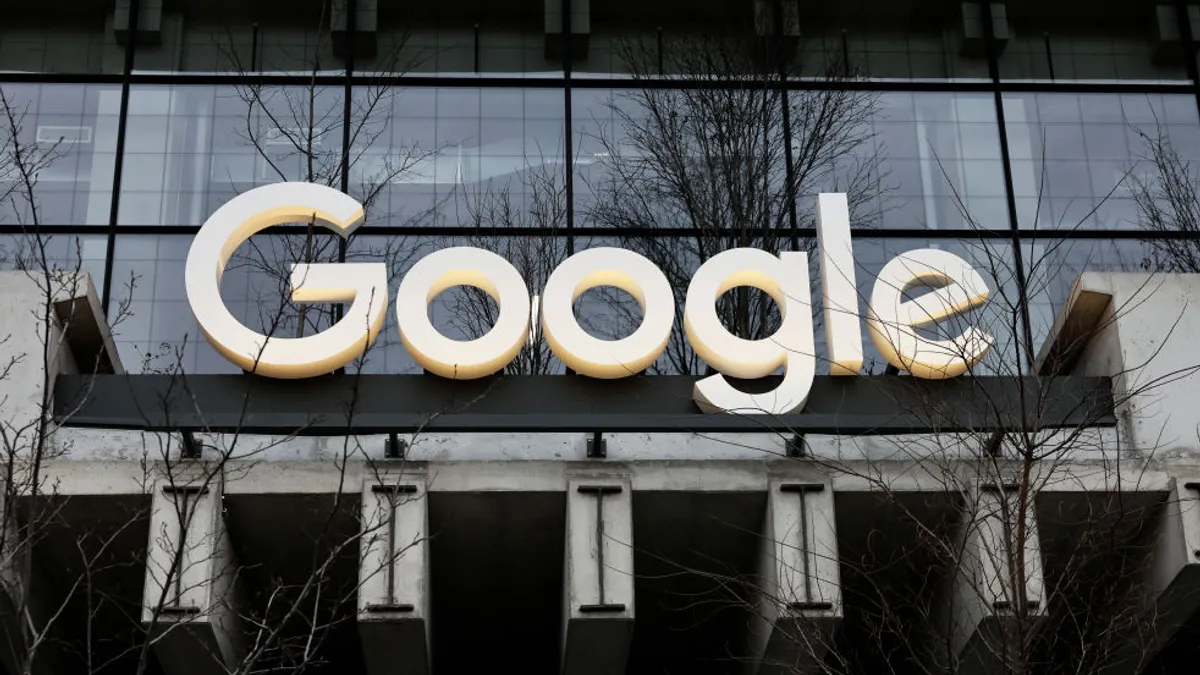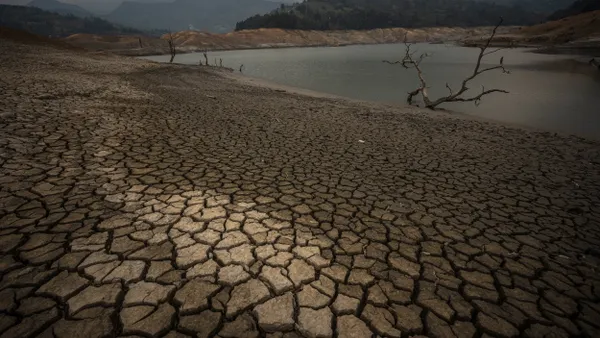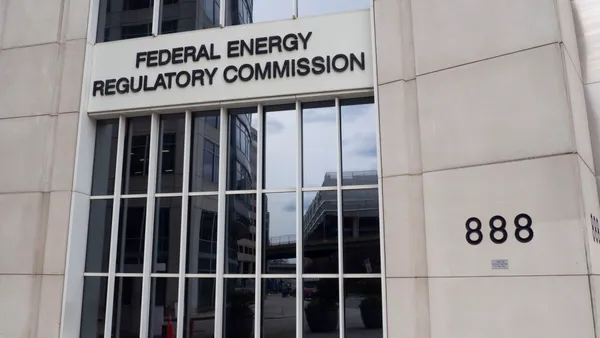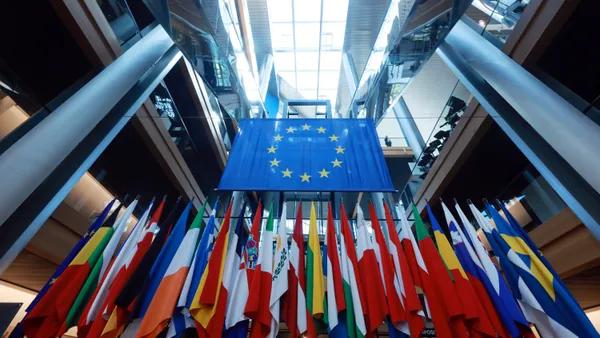Dive Brief:
- Google said it had contracted $100 million in carbon removal credits in 2024, almost triple its goal of $35 million in contracted removals, according to a blog post shared Thursday.
- To date, the global tech giant has contracted more than 790,912 tons of carbon credit removals through deals to restore carbon sinks, enhanced rock weathering, biomass carbon removals and direct air capture, according to the Feb. 6 post.
- “We’re encouraged by our progress, but the journey to catalyze carbon removal is just beginning,” Google Carbon Credits and Removals Lead Randy Spock wrote. “In the year ahead, we will continue to expand our support for carbon removal as part of our ongoing effort to find the solutions the world needs and maximize their impact on the planet.”
Dive Insight:
Google had set a target of contracting $35 million in removals for the year last March, matching a carbon removal purchase program launched at the same time by the Department of Energy. Google’s carbon removals were contracted through independent purchases and deals, as well as through Frontier, the carbon removal purchasing consortium backed by Google, Stripe, Meta and others.
Google contracted more than 62,600 tons of carbon removals through its work restoring natural sinks; over 262,000 tons by supporting advanced rock weathering; above 344,000 tons through biomass carbon removal and storage; and more than 121,000 tons of direct air capture removals, according to the blog. Google said these purchases were made through Frontier and bilateral agreements.
“As we work toward our net zero goal, we aim to accelerate solutions that maximize our impact for the planet,” Spock said. “We supported multiple approaches to removing CO2 from the atmosphere in the coming decades to find what works at scale and accelerate learning for the field of carbon removal as a whole.”
Google’s work on restoring natural sinks in 2024 included joining forces with Meta, Microsoft and Salesforce to launch the Symbiosis Coalition. The coalition is another carbon removal credit contracting vehicle, similar to Frontier, but with a focus on nature-based carbon removal credits. Symbiosis has a goal of purchasing up to 20 million tons of nature-based carbon removal credits by 2030.
The search engine and tech giant also funded Canadian carbon removal and river restoration company CarbonRun through Frontier. The deal gave CarbonRun $25.4 million in exchange for more than 55,000 in contracted carbon removals over four years through a “river liming” method.
Earlier this month, Google announced the largest biochar carbon removal deals to date, in the form of deals with India-based Varaha and California-based Charm Industrial to collectively remove up to 200,000 tonnes of carbon dioxide from the atmosphere. Through Frontier, Google also invested in biomass capture project CO280.
Google also signed an agreement that it said “set the lowest price target ever” for direct air capture credits in a deal with DAC startup Holocene. While the average price for DAC removal is currently between $600-$1,000 per ton, according to the World Economic Forum, Holocene will provide Google the removal credits at $100 per ton of carbon dioxide removed. Holocene’s tech is still early in development, and the credits aren’t expected to be delivered until the early 2030s.
Google is working to adapt to the rising energy needs of artificial intelligence, which spurred a 13% increase in the tech giant’s emissions in 2023 and a 48% overall increase since 2019. In 2023, the company stopped counting carbon credits towards its net-zero goals and pivoted towards investing in the acceleration of carbon removal solutions.
While Google was the first major tech company to match DOE’s $35 million carbon removal buy, it wasn’t the only one to join the initiative. In October, Meta also agreed to match the program and contract at least $35 million in carbon removal credits over the next year.











